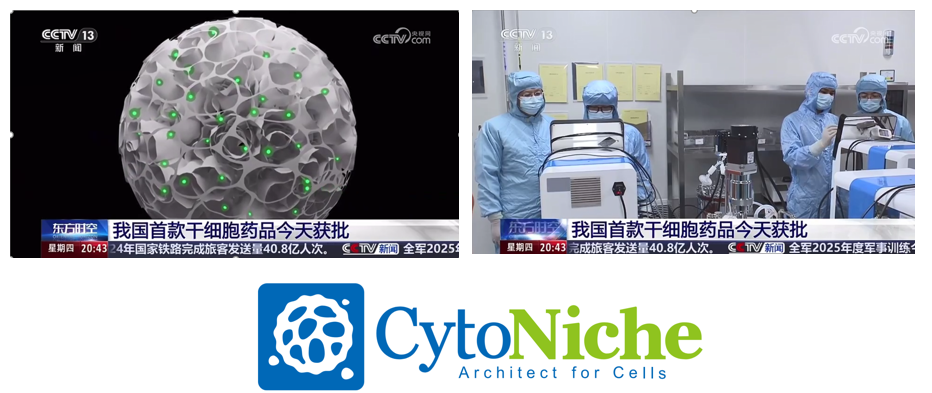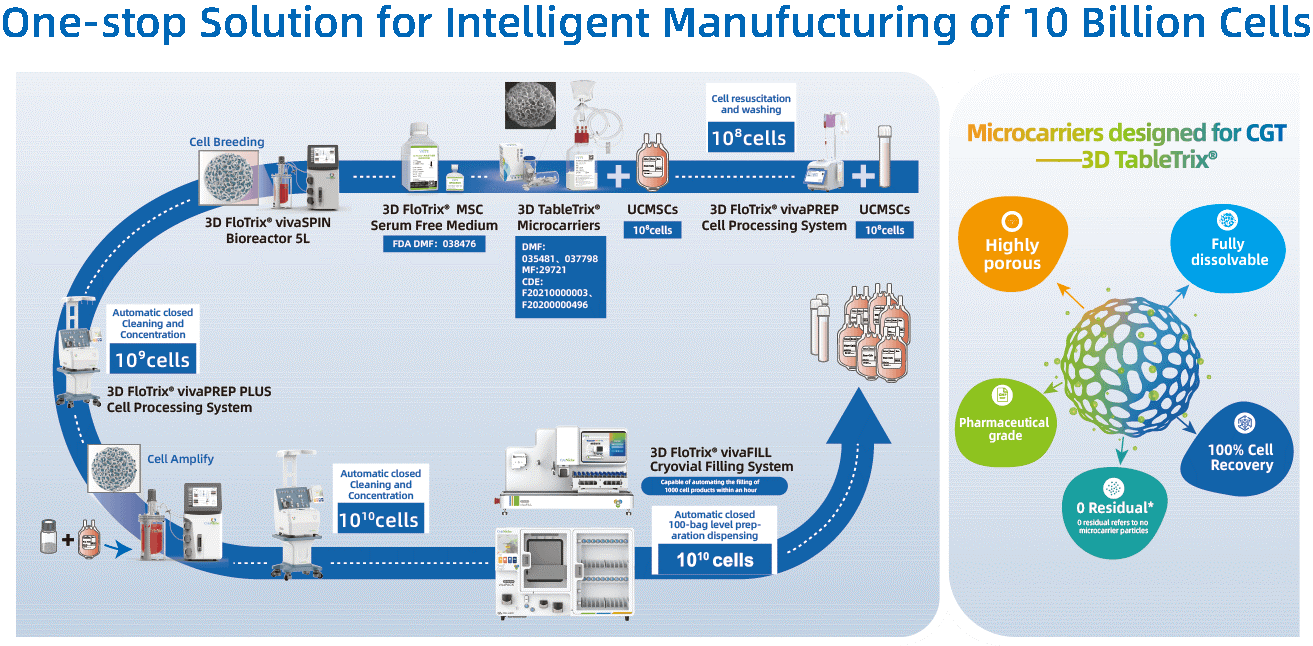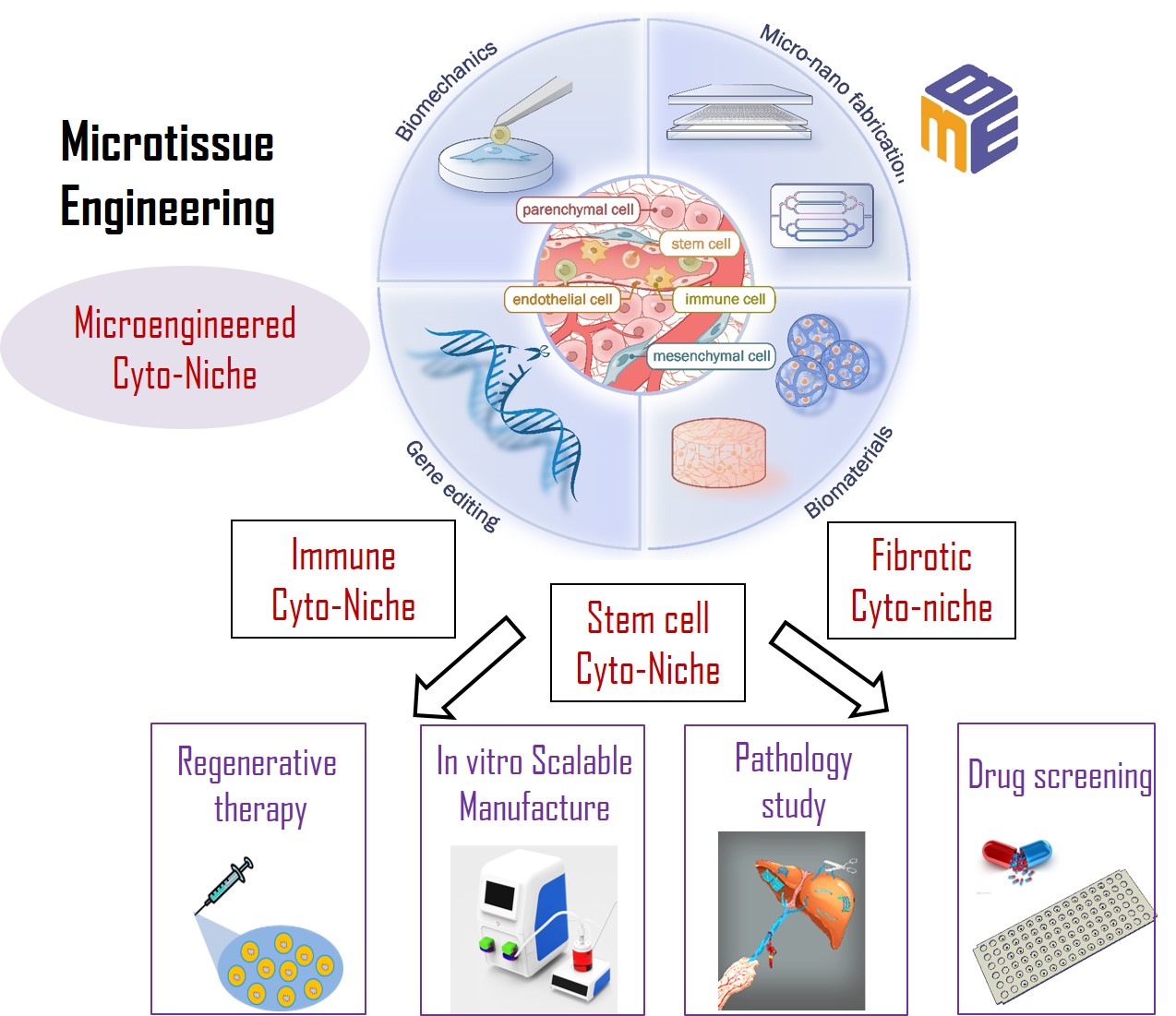2025-05-27
Professor Yanan Du and His Team’s Innovative 3D Stem Cell Technology Supports the Approval of China’s First Stem Cell therapy, “Amimestrocel Injection”
清华大学生物医学工程学院杜亚楠教授团队研发规模化3D细胞制造技术为我国首款干细胞药品上市提供有力技术支撑
On January 2, 2025, the first stem cell-therapy in China, “amimestrocel injection”, developed by Platinum Life Excellence Biotech (Beijing) Co., Ltd., has been granted conditional market approval for the treatment of steroid-refractory acute graft-versus-host disease (aGVHD). This new mesenchymal stem cells (MSCs) therapy offers a promising treatment option for patients aged 14 and older, particularly those with gastrointestinal complications who have failed conventional steroid treatments.
As China’s first stem cell therapy, “amimestrocel injection” utilizes cutting-edge technology developed by Professor Du Yanan’s team at the School of Biomedical Engineering, Tsinghua University, which have been translated and commerialized in Beijing Cytoniche Biotech Pte. Ltd (https://en.cytoniche.com/). The team’s innovative 3D microcarrier-based stem cell culture technology has strongly supported the drug’s production process. This technology allows for large-scale, automated, closed, and continuous stem cell manufacturing, upgrading traditional manual cell culture methods to a modern “cell factory.”

The innovative cell manufacturing technology offers a more natural 3D environment for stem cell growth while effectively reducing contamination risks associated with open operations. It also significantly lowers material, labor, and time costs in the manufacturing process, ensuring that stem cells meet the rigorous quality and safety standards required for clinical applications. The technique simultaneously meets the needs of high-quality stem cell production and large-scale commercial manufacturing.

Automated, closed, large-scale stem cell manufacturing process based on 3D microcarriers.
Previously stem cell therapy, either approved in for foreign countries or under clinical trials in China was primarily based on two-dimensional plastic surfaces and manual cell culture processes. These methods were plagued by high labor costs, large space requirements, limited batch production, and inconsistent product quality. Professor Du Yanan’s team has spent over a decade developing large-scale 3D cell manufacturing technology, which played a key role in the successful launch of China’s first stem cell drug. “amimestrocel injection” approval marks the first 3D microcarrier-based stem cell therapy entering clinical use.
"Life and diseases are highly complex. We must choose the appropriate types of stem cells for different indications and place a strong emphasis on the scientific and compliant application of stem cell therapy to minimize potential risks." Professor Du emphasized the importance of selecting appropriate stem cells for different indications and ensuring the scientific and compliant application of stem cell therapies to mitigate potential risks.

Professor Du’s research team has long been focused on innovations in microtissue engineering technologies and their translation into clinical applications, contributing to the advancement of stem cell-based medicine in China and globally.
In addition to mesenchymal stem cells, Professor Du’s team has developed 3D culture technologies for the industrial-scale preparation of hematopoietic stem and progenitor cells and pluripotent stem cells, providing potential solutions for the industrialization and clinical use of other types of stem cell therapies.
#LinkedIn post
On January 2, 2025, China’s National Medical Products Administration (NMPA) granted conditional approval to Platinum Life Excellence Biotech Co. Ltd.’s “amimestrocel injection”, as the country’s first stem cell therapy. This groundbreaking treatment for steroid-refractory acute graft-versus-host disease (aGVHD) is empowered by the innovative 3D stem cell culture technology developed by Professor Du Yanan and his team at Tsinghua University’s School of Biomedical Engineering. Their pioneering work in large-scale, automated, and closed-system 3D cell manufacturing has strongly supported stem cell production, ensuring higher quality, safety, and scalability. #StemCell #Innovation #Healthcare #TsinhguaMedicine
#X
China’s first stem cell therapy, “amimestrocel injection” has received conditional approval for treating steroid-refractory aGVHD. This milestone is supported by the pioneering 3D stem cell technology developed by Prof Du Yanan’s team @Tsinghua_uni. #StemCell #Innovation
Relevant references:
[1] Primed 3D Injectable Micro-Niches Enabling Low-dosage Cell Therapy for Critical Limb Ischemia’ PNAS 111(37):13511-6 (2014)
[2] Dispersible and dissolvable porous microcarrier tablets enable efficient large scale hMSC expansion Tissue Eng Part C Methods 26(5):263-275 (2020)
[3] Cryoprotectant enables structural control of porous scaffolds for exploration of cellular mechano-responsiveness in 3D. Nat Commun. 2;10(1):3491(2020)
[4] GMP-grade microcarrier and automated closed industrial scale cell production platform for culture of MSCs. J Tissue Eng Regen Med. 16(10):934-944 (2022)
[5] Large-Scale Cell Production Based on GMP-Grade Dissolvable Porous Microcarriers. J Vis Exp. 7:(197) (2023)
[6] Expansion of human megakaryocyte-biased hematopoietic stem cells by biomimetic Microniche. Nat Commun.doi.org/10.1038/s41467-023-37954-3 (2023)
[7] Superimposed Electric Field Enhanced Electrospray for High-Throughput and Consistent Cell Encapsulation. Adv Healthc Mater 8:e2400780 (2024)

